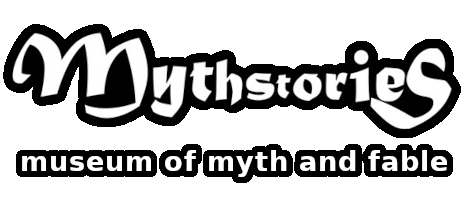A Kete, a plaited flax bag, is a ‘basket of knowledge’

“The kete has its own stories. Firstly it is the flax that grows forth from Papatuanuku – there is the link between the flax and Papatuanuku. Rituals are observed. Secondly, there is the link between the kete and the person who plaited it – the person who caressed the blades of flax to give the kete shape and design. Thirdly, the kete may be given to another person thereby creating a link between people. Fourthly, when a kete is given to another it is because of a special occasion.” from “every kete has a story” pictured above
Our Kete was a gift from Thelma Pugh, a museum friend and frequent visitor from the Chester University of the Third Age Storytelling Group, after her visit to New Zealand. Inside the basket she brought a marvellous selection… a book of Maori Folktales, a book about kete and their makers, a greetings card on the native Bellbird which, when opened, would play the birds melodious call, a Pāua shell containing fragments of other Pāua shells used for representing the eyes of magical creatures on Maori art, and lastly a little wooden keyring with a carving of a Patupaiarehe.

A Patupaiarehe is a fairy from the Maori tradition, well-known for their love of stealing shadows and reflections.
Walking Sticks ‘Toko toko’, or ‘Rakau Korero’ (Talking Stick) are generally decorated either by carving a representation of an ancestor, or a legend. This stick was hand carved by Te Karuhiruhi and acquired for the museum by Trustees Geoff Hardy and Peter Roscoe on a visit to the Te Puia Maori Cultural Centre in Rotorua.
When the Maoris have a Hui (meeting), on the Marae the men carrying the toko toko are generally recognised as being orators and having the authority to speak.
Note that both the Patupaiarehe and the Talking Stick are decorated with Pāua shells eyes.





